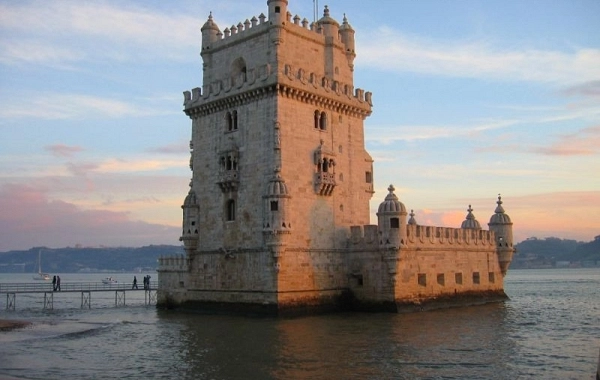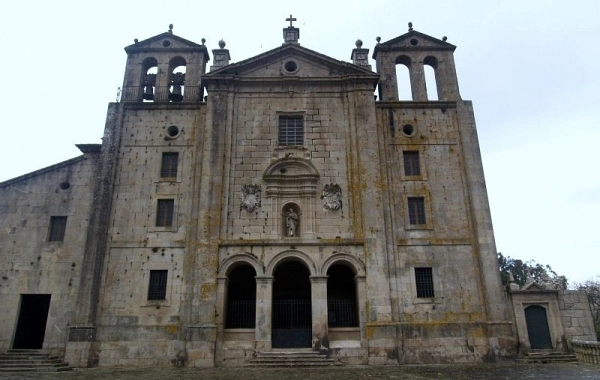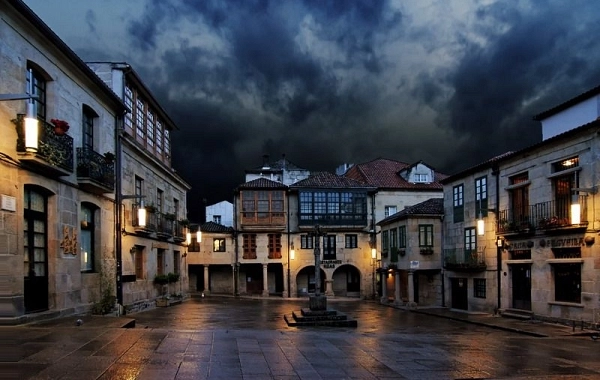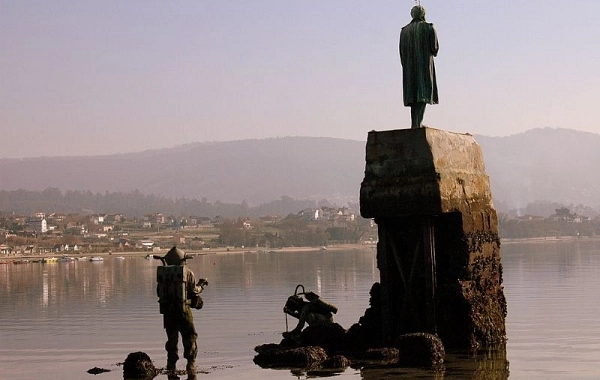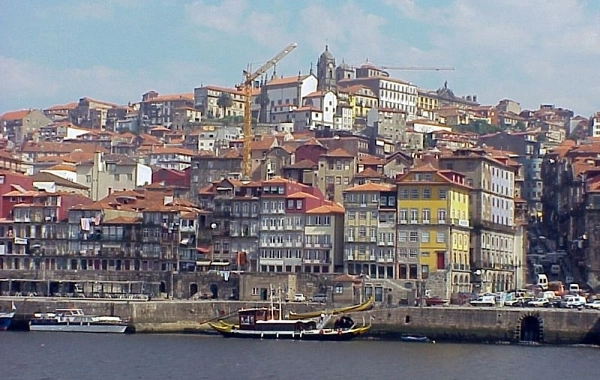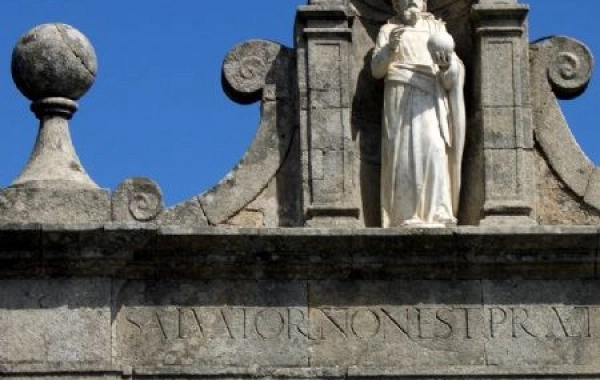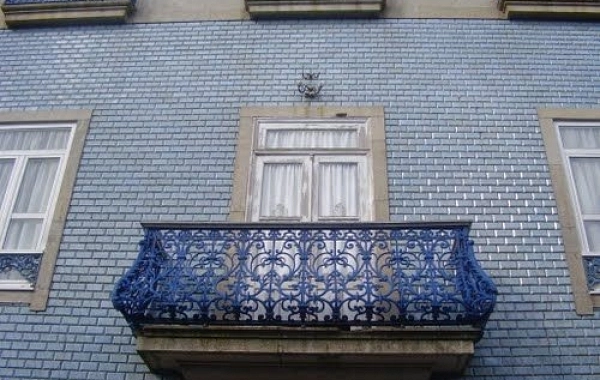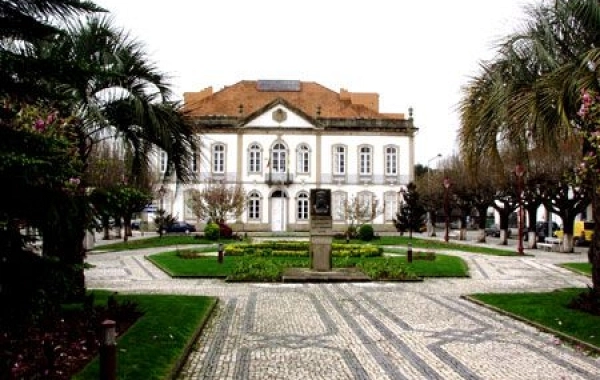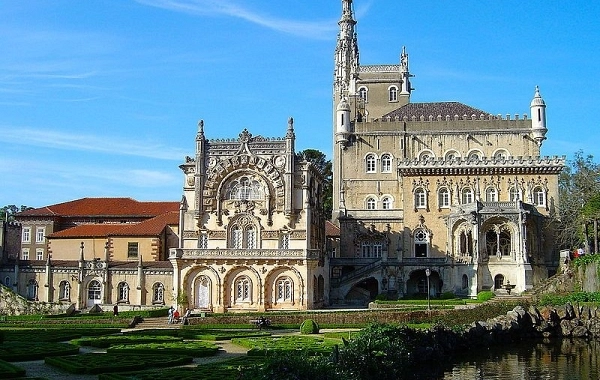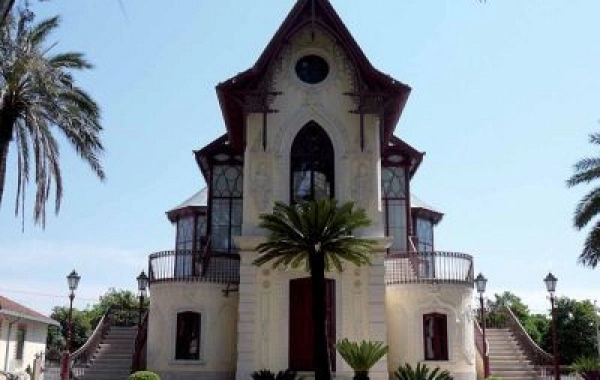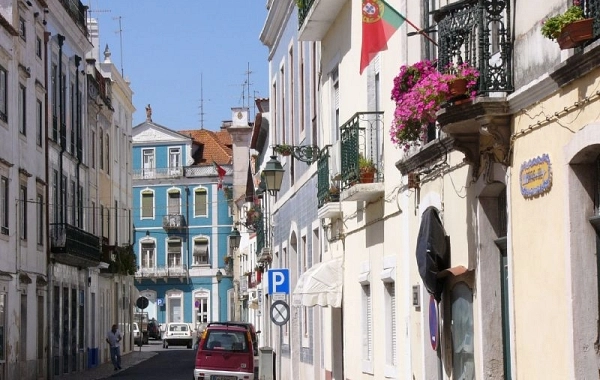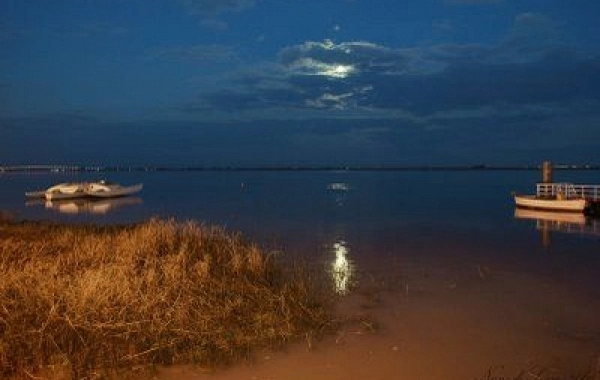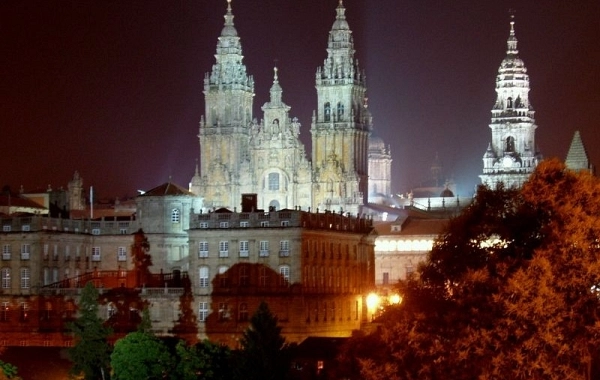Maps and Routes Portuguese Way
Distance517 Km.Stages24Related packages
The Portuguese Way is one of the main pilgrimage routes to Santiago de Compostela, crossing Portuguese lands before entering Galicia. With various variants and a rich history, this route has been a hub for cultural and economic exchange since the 12th century. Below, we present a clear overview of the different routes of the Portuguese Way and its evolution.
History and Evolution of the Portuguese Way
The Portuguese Way has been used by pilgrims since the Middle Ages, especially from the 12th century, to reach Santiago de Compostela. In its early days, pilgrims began their journey from southern Portugal, in places like Lisbon, Coimbra, and Porto. Over the centuries, the routes diversified and took different directions, although all with the same goal: to reach the Compostela.
The Portuguese Way: Land of Paths
Portugal, like Spain, is known as a "land of paths" due to the multitude of routes that cross its territory towards Santiago. Pilgrims traveled from different regions to join the routes that, along the coast and inland, led to Galicia. Among the most notable routes, we find the western variants of the Portuguese Way, which converge in Redondela after crossing the Miño River.
Main Routes of the Portuguese Way
There are three main routes of the Portuguese Way, which vary in their course and distance. Each one offers a unique experience for the pilgrims who choose this historic route.
Portuguese Way of the Interior (230 km)
The Portuguese Way of the Interior, also known as the Central Way, is the most inland of the Portuguese routes. This route begins in Porto and heads northeast, passing through cities like Braga, Ponte de Lima, and Valença do Miño, before crossing into Spain. Along its path, pilgrims pass through Castelo Branco, Covilha, and Ourense, where it joins the Mozarabic section of the Via de la Plata.
This route is ideal for those seeking a more peaceful and less crowded experience. The path crosses rural and traditional landscapes, with a rich history dating back centuries.
Portuguese Way of the North (170 km)
The Portuguese Way of the North gets its name from passing near the Portuguese sanctuary of Nossa Senhora do Norte. This route begins in Porto and heads north, passing through towns like Barcelos, Ponte de Lima, and Vilanova de Cerveira, before crossing the Miño River by boat to Goián in Spain.
This route is known for its beautiful coastal landscapes and proximity to the sea. In Redondela, it merges with the Portuguese Way of the Interior, forming a single route towards Santiago.
Portuguese Coastal Way (140 km)
The Portuguese Coastal Way is the route closest to the coast and offers spectacular views of the Atlantic Ocean. It begins in Porto and follows the coast northwards, passing through cities like Viana do Castelo and Caminha, until crossing the mouth of the Miño River in La Guardia. Then, in Spain, it continues towards Bayona, Vigo, and Redondela, where it joins the Portuguese Way of the Interior.
This route is particularly popular for its maritime landscapes and the proximity to beautiful coastal towns.
Crossing the Miño River: A Key Step in the Portuguese Way
One of the most significant moments in the Portuguese Way is crossing the Miño River, which separates Portugal from Spain. Until 1884, pilgrims had to cross the river by boat or floating bridges. With the construction of the international bridge in Tuy in 1884, the crossing became much easier, improving the connection between the two countries and facilitating the passage of pilgrims into Galicia.
Plan Your Portuguese Way: Map and Stages
To plan your route on the Portuguese Way, it is essential to have a good map to guide you through its different stages. From Lisbon to Santiago, the route is divided into several sections that can adapt to different levels of difficulty. Whether you choose the Interior Way, the North Way, or the Coastal Way, each of these routes offers a unique experience to reach the Compostela.
Conclusion: A Route Rich in History and Beauty
The Portuguese Way is an excellent option for pilgrims who wish to explore one of the most historic routes to Santiago de Compostela. With its variety of routes and landscapes, from the mountains inland to the Atlantic coast, this path offers a unique opportunity to experience both spiritual and cultural enrichment. Upon reaching Santiago, you will receive the Compostela as a reward for your effort and dedication in this journey filled with history and beauty.
Stages
- CP01 - Lisboa - Alhandra - 33,0 km
- CP02 - Alhandra - Azambuja - 24,0 km
- CP03 - Azambuja - Santarém - 32,0 km
- CP04 - Santarem - Golega - 30,5 km
- CP05 - Golega - Tomar - 22,0 km
- CP06 - Tomar - Alvaiazere - 32,0 km
- CP07 - Alvaiazere - Rabaçal - 33,0 km
- CP08 - Rabaçal - Cernache - 18,5 km
- CP09 - Cernache - Mealhada - 39,5 km
- CP10 - Mealhada - Águeda - 31,0 km
- CP11 - Águeda - Albergaria a Velha - 19,5 km
- CP12 - Albergaria - Oliveira de Azeméis - 23,0 km
- CP13 - Oliveira de Azeméis - Grijó - 33,5 km
- CP14 - Grijó - Oporto - 23,5 km
- CP15 - Oporto - Vilharinho - 36,9 km
- CP16 - Vilarinho - Barcelos - 16,4 km
- CP17 - Barcelos - Ponte de Lima - 33,6 km
- CP18 - Ponte de Lima - Rubiaes - 22,1 km
- CP19 - Rubiaes- Valença do Minho - 17,8 km
- CP20 - Valença do Minho - Redondela - 31,5 km
- CP21 - Redondela - Pontevedra - 15,5 km
- CP22 - Pontevedra - Caldas de Reis - 21,5 km
- CP23 - Caldas de Reis - Padrón - 19,5 km
- CP24 - Padrón - Santiago - 24,3 km






